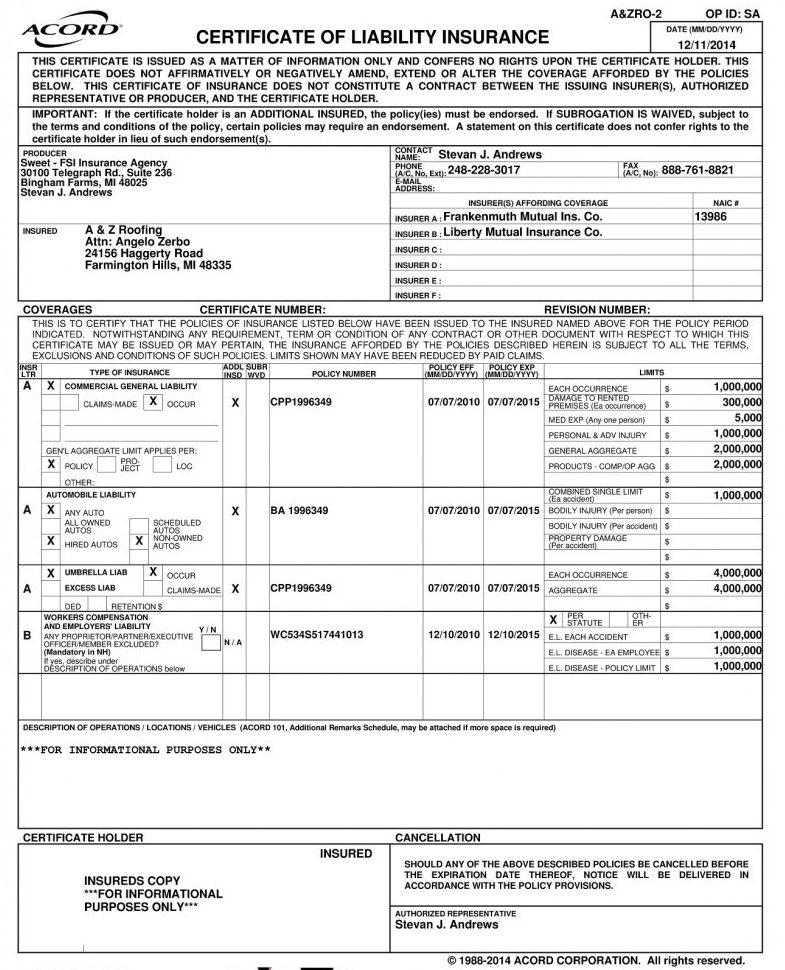Table of ContentsIndicators on What Are The Different Types Of Life Insurance You Need To KnowWhat Does How Much Does Term Life Insurance Cost Mean?Things about How Much Is Life Insurance Per MonthNot known Facts About What Is The Difference Between Term And Whole Life Insurance
Policies are typically conventional with-profits or unit-linked (including those with unitized with-profits funds). Endowments can be moneyed in early (or surrendered) and the holder then gets the surrender worth which is identified by the insurance provider depending on for how long the policy has actually been running and how much has been paid into it.
" Mishaps" run the gamut from abrasions to catastrophes but generally do not include deaths arising from non-accident-related illness or suicide. Due to the fact that they only cover mishaps, these policies are much more economical than other life insurance coverage policies. Such insurance coverage can also be or AD&D. In an AD&D policy, advantages are available not only for unintentional death but also for the loss of limbs or body functions such as sight and hearing.
To know what coverage they have, insureds should always examine their policies. Risky activities such as parachuting, flying, expert sports, or military service are often omitted from coverage. Accidental death insurance can also supplement basic life insurance coverage as a rider. If a rider is purchased, the policy normally pays double the face quantity if the insured passes away from a mishap.
In some cases, triple indemnity coverage might be readily available. Insurer have in current years established items for specific niche markets, most especially targeting elders in an ageing population. These are typically low to moderate face value entire life insurance policies, enabling seniors to buy budget-friendly insurance coverage later on in life.

One reason for their appeal is that they just require answers to simple "yes" or "no" concerns, while most policies require a medical exam to qualify. Similar to other policy types, the range of premiums can differ widely and must be scrutinized prior to buy, as must the dependability of the business.
It might be possible for people with particular conditions to certify for one type of coverage and not another. [] Due to the fact that seniors sometimes are not fully knowledgeable about the policy provisions it is essential to make certain that policies last for a lifetime which premiums do not increase every 5 years as prevails in some scenarios. [] Pre-need life insurance coverage policies are minimal premium payment, whole life policies that are typically purchased by older applicants, though they are available to everyone.
9 Easy Facts About The Minimum Age At Which A Person Can Sign A Life Insurance Application Is Described
The policy's survivor benefit is at first based on the funeral cost at the time of provision, and it then normally grows as interest is credited. In exchange for the policy owner's designation, the funeral home normally guarantees that the earnings will cover the cost of the funeral service, no matter when death http://paxtonlwvv525.almoheet-travel.com/the-facts-about-how-to-become-an-aflac-insurance-agent-uncovered happens.
Buyers of these policies normally make a single premium payment at the time of provision, however some business also allow premiums to be paid over as much as 10 years. Riders are adjustments to the insurance coverage policy included at the same time the policy is provided. These riders change the fundamental policy to provide some feature wanted by the policy owner.
Another common rider is a premium waiver, which Find more info waives future premiums if the insured ends up being disabled. Joint life insurance coverage is either term or long-term life insurance that guarantees 2 or more persons, with earnings payable on the death of either. These are unique insurance coverage strategies which are basically a shared fund and term insurance coverage strategy rolled into one.
See the primary post for a full description of the numerous functions and variations. Some policies afford the insurance policy holder a share of the earnings of the insurance coverage companythese are termed with-profits policies. Other policies offer no rights to a share of the profits of the companythese are non-profit policies. With-profits policies are utilized as a form of cumulative investment plan to attain capital growth.
According to the section 80C of the Income Tax Act, 1961 (of Indian chastening code) premiums paid towards a valid life insurance coverage policy can be exempted from the gross income. Along with life insurance premium, area 80C allows exemption for other monetary instruments such as Worker Provident Fund (EPF), Public Provident Fund (PPF), Equity Linked Cost Savings Scheme (ELSS), National Cost Savings Certificate (NSC), health insurance premium are a few of them.
The exemptions are eligible for people (Indian residents) or Hindu Undivided Household (HUF) (how much term life insurance do i need). Apart from tax benefit under section 80C, in India, a policy holder is entitled for a tax exemption on the survivor benefit received. The received quantity is fully exempt from Income Tax under Area 10( 10D). Where the life insurance coverage is offered through a superannuation fund, contributions made to money insurance premiums are tax deductible for self-employed individuals and substantially self-employed persons and companies.
Some Ideas on How To Pass Life Insurance Medical Exam You Need To Know
For insurance coverage through a superannuation fund, the yearly deductible contributions to the superannuation funds go through age limitations. These limits apply to employers making deductible contributions. They likewise use to self-employed persons and substantially self-employed persons. Consisted of in these total limits are insurance premiums. This suggests that no extra deductible contributions can be produced the financing of insurance coverage premiums.
For more details on deductible contributions see "under what conditions can an employer claim a deduction for contributions made on behalf of their employees?" and "what is the meaning of significantly self-employed?". The insurance premium paid by the superannuation fund can be declared by the fund as a deduction to decrease the 15% tax on contributions and incomes.
Premiums paid by a policyholder are not deductible from gross income, although premiums paid via an approved pension fund registered in regards to the Earnings Tax Act are permitted to be subtracted from individual earnings tax (whether these premiums are nominally being paid by the employer or staff member). The benefits developing from life guarantee policies are normally not taxable as income to recipients (once again when it comes to authorized benefits, these fall under retirement or withdrawal taxation guidelines from SARS).
Premiums paid by the policy owner are usually not deductible for federal and state earnings tax purposes, and proceeds paid by the insurance company upon the death of the guaranteed are not consisted of in gross income for federal and state income tax purposes. Nevertheless, if the earnings are included in the "estate" of the departed, it is likely they will go through federal and state estate and estate tax.
For this factor, insurance plan can be a legal and legitimate tax shelter wherein cost savings can increase without tax up until the owner withdraws the cash from the policy. In flexible-premium policies, big deposits of premium might cause the agreement to be thought about a modified endowment agreement by the Internal Revenue Service (IRS), which negates much of the tax advantages associated with life insurance.
The tax ramifications of life insurance are complex. The policy owner would be well recommended to thoroughly consider them. As constantly, both the United States Congress and state legislatures can alter the tax laws at any time. In 2018, a fiduciary standard guideline on retirement products by the United States Department of Labor postured a possible risk.

Not known Facts About How Much Is Life Find out more Insurance For A 55 Year Old?
Non-investment life policies do not generally draw in either income tax or capital gains tax on a claim. If the policy has as investment element such as an endowment policy, whole of life policy or a financial investment bond then the tax treatment is figured out by the qualifying status of the policy.